Diseases and pests of honeysuckle
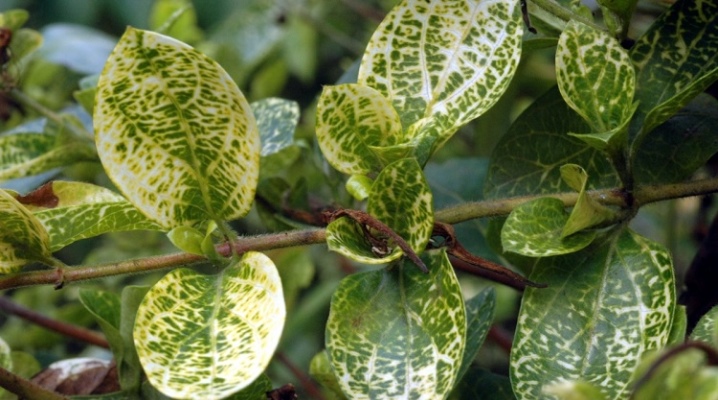
Honeysuckle is a beautiful berry bush that many gardeners grow on their plots. Unfortunately, the plant does not resist diseases and pests poorly, and therefore one should be careful when cultivating it. Consider the main diseases of the crop, common pests, as well as effective control measures against both.


Overview of diseases and treatments
Garden honeysuckle has quite a few varieties, but only two have become popular - decorative blue and edible. In another way, the plant is called "honeysuckle". Varieties require different conditions for their growth, but their diseases turn out to be similar. Symptoms and treatments are described below.

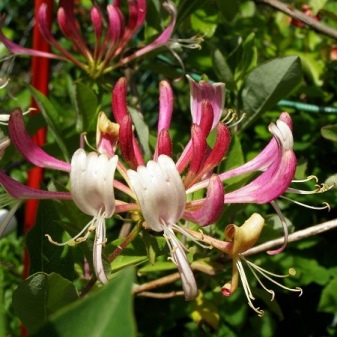
Mosaic rash virus
A very common viral disease that often attacks fruit and berry crops. The reason for the appearance is the lack of processing of seedlings before planting. Nematodes are caused by tiny harmful worms. The disease progresses only on young honeysuckle seedlings, those that have recently taken root. The main symptom is excessive bushiness. The internodes of the plant shrink, become smaller in size. Crooked, ugly branches appear, unnecessary shoots grow in large numbers, on which the plant spends energy. As a result of all this, the foliage begins to dry and then fall off.
Methods of struggle: there is no cure against the mosaic virus, so the only thing a gardener can do is to simply destroy diseased plants by burning them.

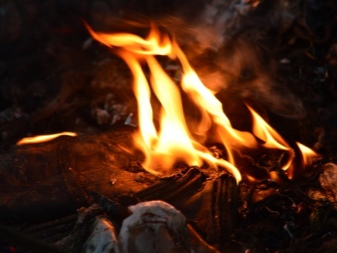
Red-olive blotch
This is a fungal disease caused by improper and poor crop care. It is not difficult to understand that this is the described ailment: the leaves (both sides) are covered with red spots with an olive tint. After some time, these blotches begin to darken, acquiring a black edging. The disease progresses during the hotter months. The leaves turn yellow, dry and fall off. In addition, the pathogen is particularly cunning: once settling on a plant, it creates special areas there in which it spends the winter, which means it appears the next year.
Control methods: in this case, strong fungicides will help. The two best products are Abiga Peak and Mancozeb. Treatment with Bordeaux liquid will also bring a good result.
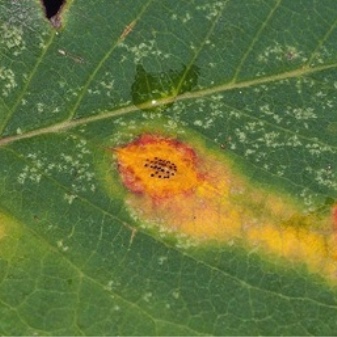
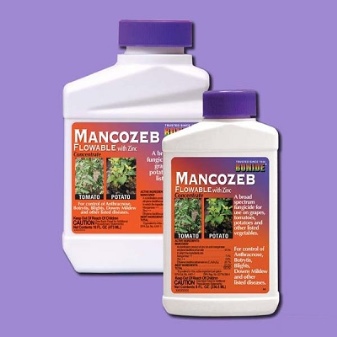
Mottling of leaves
This is another viral disease, and it is also carried by nematodes in the ground. Arched brownish spots appear on the leaves. The foliage turns yellow quickly, the plant disappears. The danger of the disease also lies in the fact that it affects many crops, so it can easily move to other plants in the garden.
Methods of struggle: there is no cure for mottling, alas, as well as almost all viral diseases. It is recommended that diseased specimens be dug up and burned.
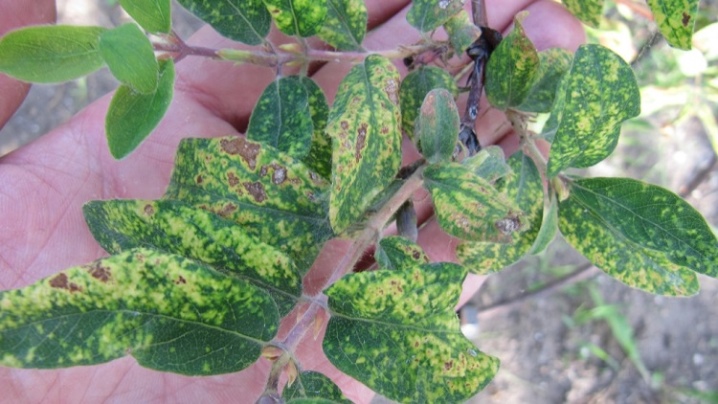
Frost shoots
If the plant has not been carefully covered for the winter, its shoots and twigs may freeze. This will lead to the fact that in the spring they begin to crack, tears will appear. Such breaks are a fertile breeding ground for the fungus. Having settled there, the pathogen causes the bush to dry out and die.
Control measures: after winter, each bush should be checked for frostbite branches. They are immediately removed, and then they are waiting for the end of flowering.As soon as it comes to an end, the honeysuckle is sprayed with Bordeaux liquid: this will stop the development of the fungus and kill the pathogens.
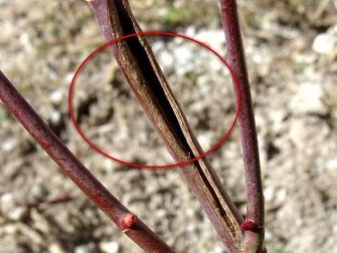

Powdery mildew
Powdery mildew is one of the most popular fungal diseases among garden crops. Experienced gardeners recognize it by a white bloom, which can occur on one or both sides of the leaf at once. After a while, dark spots form on the diseased areas, and this will be the beginning of the death of the bush. The causative agent remains to live in the remains of the plant.
Methods of struggle: when the disease has just begun to develop, it is still quite possible to defeat it. Such drugs as "Skor", "Chistotsvet" will help. You can also use colloidal sulfur.
If there is no result, all that remains is to destroy the diseased plant.
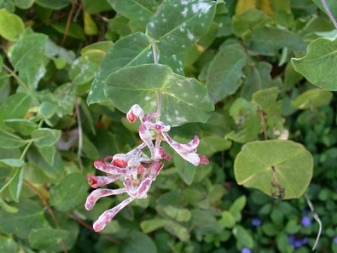
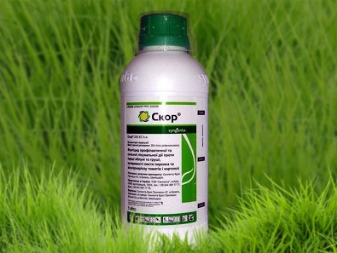
Blackening of the branches
There are a number of fungal diseases that affect exactly the branches of the culture. They begin to develop if the branches have already begun to dry and have weakened for some other reason. The bark turns black, and inside it a mycelium with many spores develops at an unprecedented rate. After that, the leaves begin to dry and fall off.
Control methods: the first urgent measure is pruning dry branches. Then the bush is treated with Bordeaux liquid.
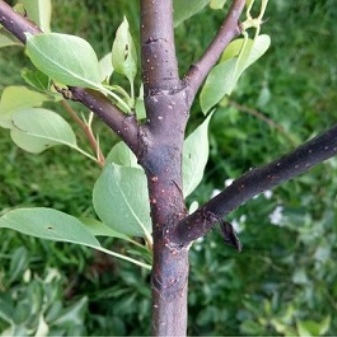
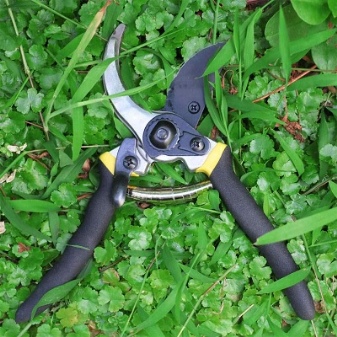
Blackening of the leaves
The symptoms of the disease are the same as with blackening of the branches, the only difference is the location of the mycelium. Now it forms directly on the foliage. If left untreated, the fungus will multiply, invading the entire plant. This will cause the leaves to completely fall off.
Control methods: dry branches with diseased leaves are cut off, fallen leaves are collected and burned. As in the previous case, you will need to carry out the treatment with Bordeaux liquid.

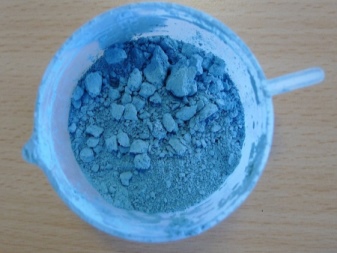
Cancer
Common (European) cancer is a disease that progresses in warm regions of the country. The causative agent is fungal spores. Developing, the disease provokes the appearance of wounds on the trunk, which grow rapidly. On their edges, nodules begin to be seen. If the summer is rainy, the disease progresses even more rapidly. Bumps appear on the branches, the foliage darkens and dries. A very common mistake gardeners make is ignoring the problem. This is because the wounds heal and it seems as if the plant is recovering. This is not the case: as soon as winter comes, the affected areas will crack, and then new pathogens will begin to mature in them. In spring, the range of contamination of crops will be several times wider.
Control methods: the first step will be to remove diseased shoots and branches, then the plant must be treated with fungicides. However, the survival rate is not very high, so it is easier to carry out prevention than to treat the culture for a long time. We will talk about preventive measures a little later.
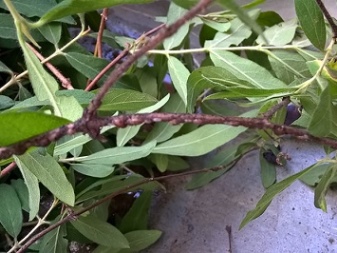

Other
In addition to the diseases already described, honeysuckle can also suffer from the following ailments. True, this happens less often.
- Cercosporosis. Fungal disease, mainly occurs on the berry species of honeysuckle. It is characterized by the appearance of cloudy green spots, which subsequently turn brown. Leaves curl, dry up, then fall off. You can fight the disease by spraying the bushes with soapy water, Bordeaux liquid, "Fundazol".
- Tuberculariosis. From this ailment, the curly honeysuckle begins to dry out quickly. It is not difficult to determine the ailment, because its main feature is small red bumps on the shoots. The spores of the fungus live in the bark, and if they are not destroyed, they will successfully overwinter in it. Sick branches will need to be removed, and the plant itself will need to be sprayed with Bordeaux liquid.
- White spot. A very common ailment of honeysuckle. The first sign is the appearance on the plant of small specks of gray-brown color. They have an irregular shape, in the middle there is a white blotch. As the culture grows, the spots increase, then a white bloom appears.After its occurrence, the bush rapidly weakens and dies. Fight against the scourge of fungicides: "Fundazol", "Topaz", "Strobi" and others.
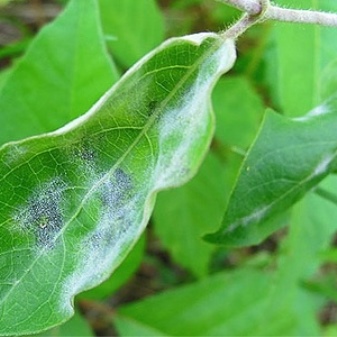
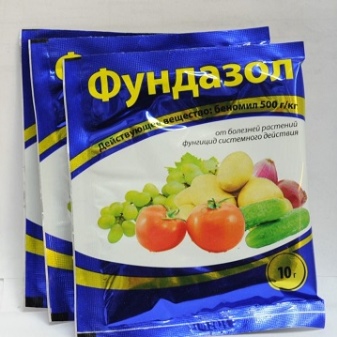
Description of pests and control of them
Most often, honeysuckle bushes suffer from the following types of pests.
Honeysuckle mite
This tiny insect is very fond of humidity and twilight. Due to its existence, strange brownish spots appear on the plant. As a rule, they are clearly visible on the lower part of the foliage. By the end of summer, the leaves are completely brown, curl, and then fall off.
You can get rid of the pest with the help of acaricides. The plant must be sprayed with them in the spring. In the summer, you can use drugs such as "Omite", "Actellik", "Confidor".
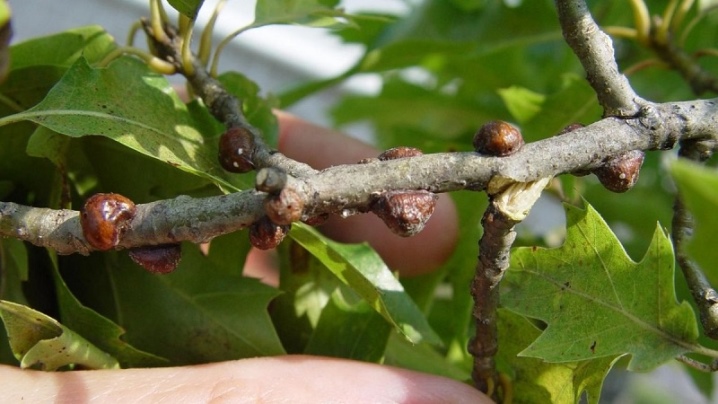
Honeysuckle fingerfly
Harms both as a butterfly and as a caterpillar. The latter are distinguished by their serious gluttony: they eat not only fruits and leaves, but even bones. They spoil the berries very much, causing them to wrinkle, turn black and fall off. You can fight the pest with Inta-Vir - this is one of the best drugs. However, it is important to remember that while the fruits are hanging on the bushes, they cannot be sprayed with chemistry. Here it is better to use folk remedies - for example, an infusion or a decoction of potato / tomato tops.
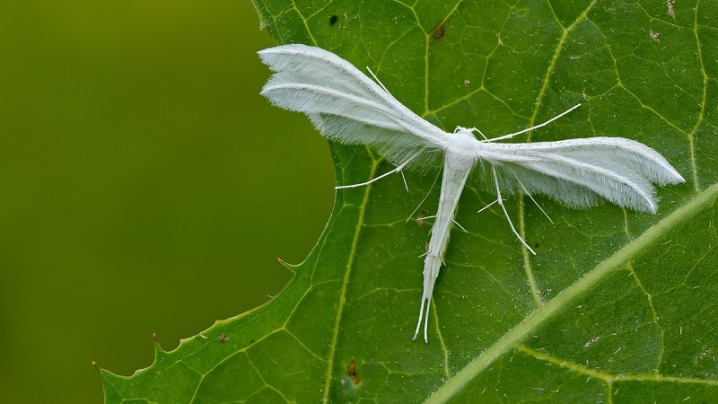
Honeysuckle aphid
This is the most dangerous and widespread parasite. There are two subspecies. The first one is called apical and, as a rule, affects the upper leaves. From the actions of the pest, the foliage curls and falls off. Green aphids are the second type of insect. It is already more dangerous, since it attacks the entire bush at once. Aphids are born at the very beginning of summer - this is the first generation. Then, a month later, the second one follows. If you do not take action, the plants die quickly.
Unfortunately, in the summer, when aphids are most active, it is just impossible to destroy them. The only way out is to prevent the appearance of the pest. Honeysuckle is sprayed in early spring. For this, drugs such as "Aktara" or "Eleksar" are suitable.
It is important to have time to process the honeysuckle before the first buds bloom.
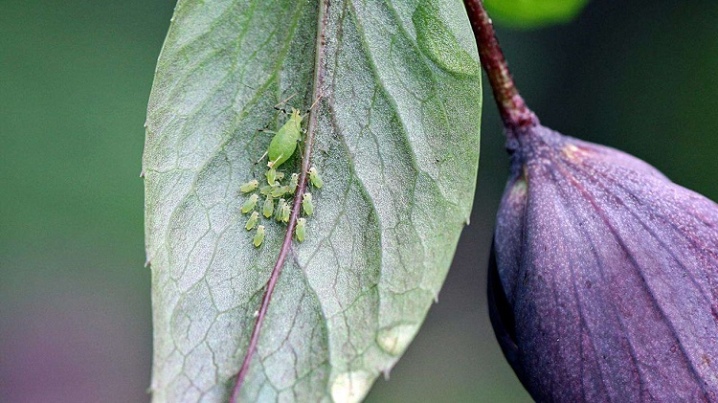
Shield
Scabbards are a real attack for the garden. They feed on plant sap, eat fruits, and parasitize the leaves. Sometimes scabbards can even be found in apartments. You can get rid of annoying pests with the help of Actellik.
The bushes are sprayed with this drug in early July, after 14 days the procedure is repeated.
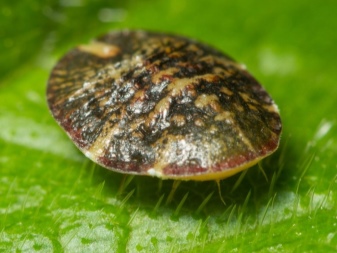
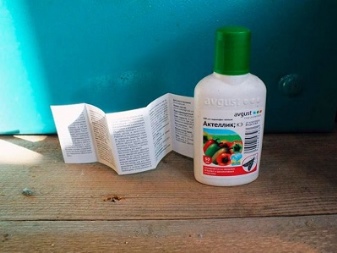
Rose leaf roll
It is a tiny brown butterfly whose larvae are simply omnivorous. It is easy to identify the pest, since it leaves behind a cobweb, entangling the leaves in a lump. There will be holes in the leaves, as well as gnawed edges. At the initial stage, the parasite can be collected by hand. If this was unsuccessful, then the plants are treated with "Inta-Vir" or "Decis".
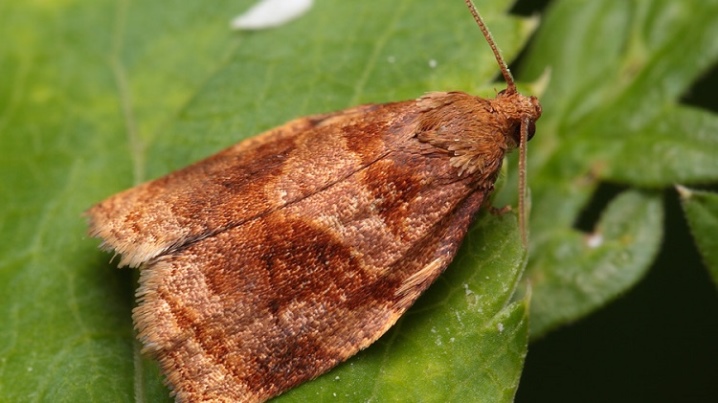
Miner flies
These are very dangerous pests that lay their eggs directly on foliage. The larvae emerging from the eggs gnaw the leaves, and then turn into pupae. But the main harm is not even borne by them, but by adult insects that carry the fungus. Fight them by destroying eggs. For this, agents containing paraffin are used.
Besides, insecticides will be required, which contain pyrethrum. Both plants and soil are sprayed with such preparations. Do this at least 5 times, the break between procedures is 7 days.
Unfortunately, insects are cunning, and they quickly get used to certain drugs. Therefore, it is also important to set traps for them.
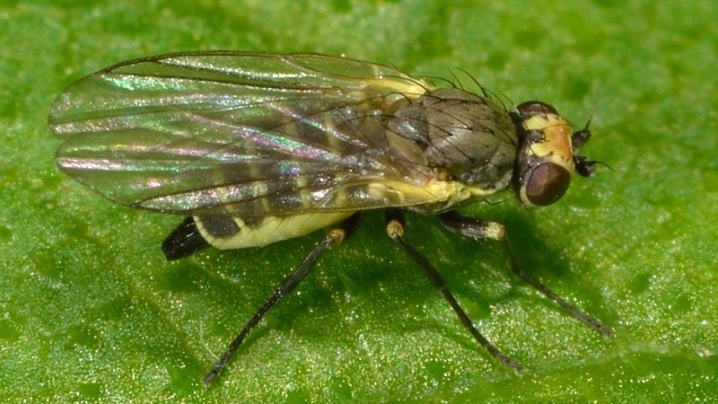
Gooseberry moth
It is a rather large white butterfly with black spots. It lays eggs, and its larvae gnaw at the foliage, taking away the plant's strength. Insecticides such as "Aktellik", "Fufanon" and "Fitoverm" will be effective means of control.
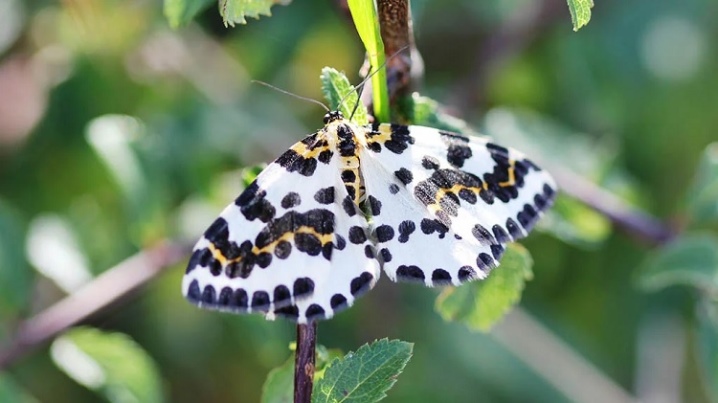
Mealybug
It is a small worm about half a centimeter in size. Refers to sucking insects, loves young seedlings very much. If it appears on honeysuckle, the plant dies out quickly. To destroy the worm, you can also use "Actellic".

Gall nematode
A soil pest that feeds on honeysuckle roots and causes irreparable harm to it. The plant does not die, but its immunity weakens, as a result of which various diseases stick to the bush. You can fight the pest by treating the roots with Topsin-M, it should be a 0.2% solution.

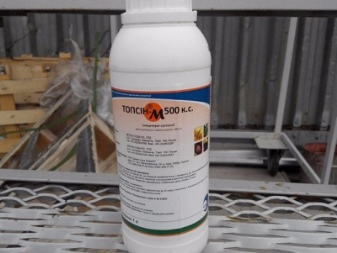
Preventive measures
Honeysuckle is a capricious plant, and it is very difficult to treat its diseases. Therefore, it is easier to prevent them, and for this you need to know about effective preventive measures. So, any treatments should be carried out in the earliest spring, until the buds have blossomed. This will find and neutralize fungi and parasites. After harvest, treatments are also carried out. For prevention, you can use such means as "Skor", "Horus". The preparations will allow you to get rid of the fungus if its spores have remained from the winter, or to prevent its appearance.
Bordeaux liquid also gives very good results. In addition, the appearance of the fungus will not occur if the plants are treated with copper sulfate. Dilute 100 grams of the substance in a bucket of water. If the disease manifests itself during the fruiting period, you need to act very carefully so that the grown berries can be eaten. Here you should choose non-aggressive products for processing: "Fitosporin", "Baktofit", "Albit". The same means are used after fruiting.
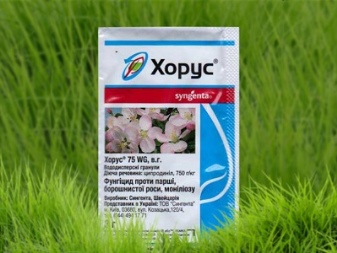

In conclusion, let's add a few more useful rules for those gardeners who grow honeysuckle on their site.
- Honeysuckle is a plant that is not very resistant to disease, so it can be difficult to grow it healthy at home. Culture is extremely important to care. Observe the regime of watering, loosening and processing. Do not forget to cover the honeysuckle for the winter at the end of autumn.
- If honeysuckle is sick, action must be taken immediately. Remove all damaged branches immediately, collect leaves, burn all this away from the site. With an increased dominance of pathogens and a large number of destroyed plants, it will be necessary to dig up and disinfect the soil.
- Pay special attention to seedlings at the stage of purchase. Discard sick and sluggish specimens immediately. Contact only trusted and trusted nurseries.
Make sure that the area is not overloaded with plants. Planting crops too tightly will result in a lack of oxygen. And in such conditions, the fungus multiplies perfectly.
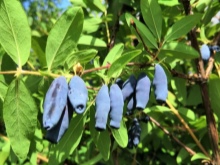
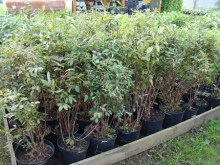
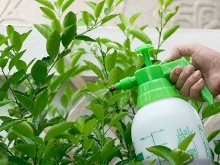



































































The comment was sent successfully.